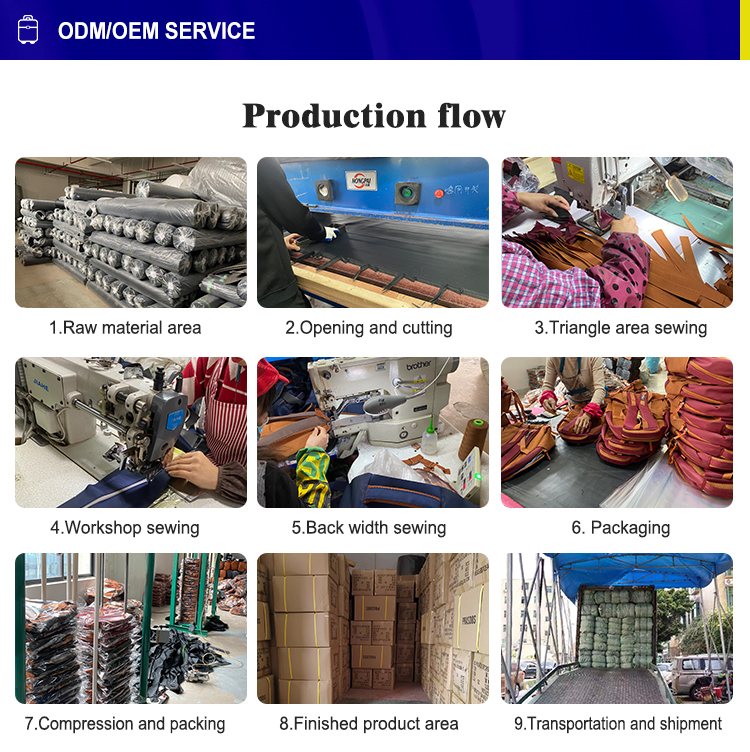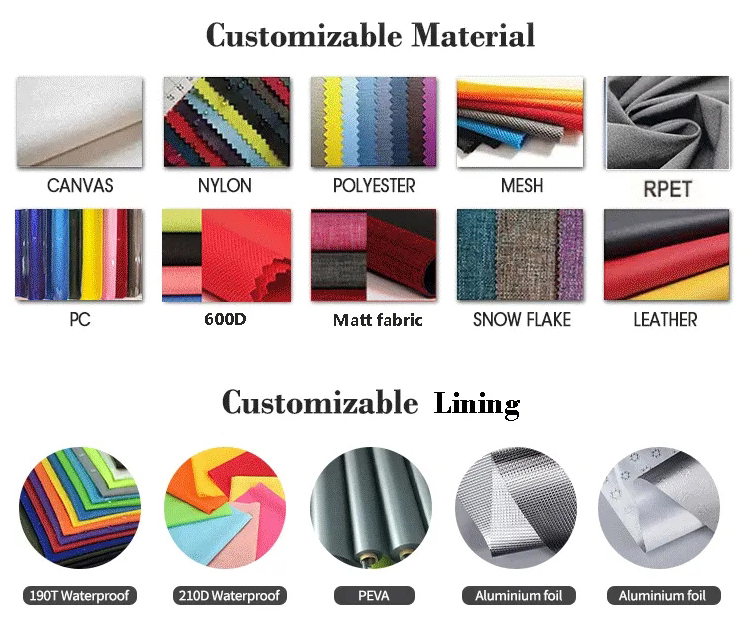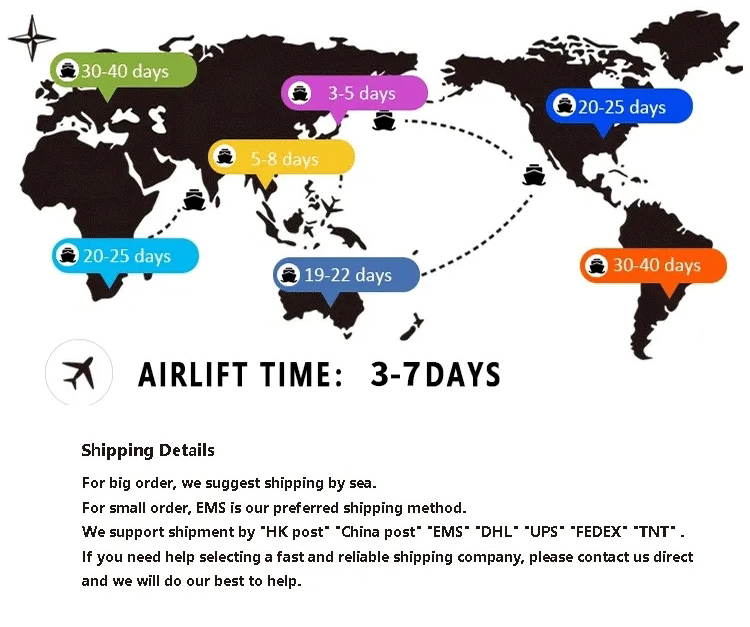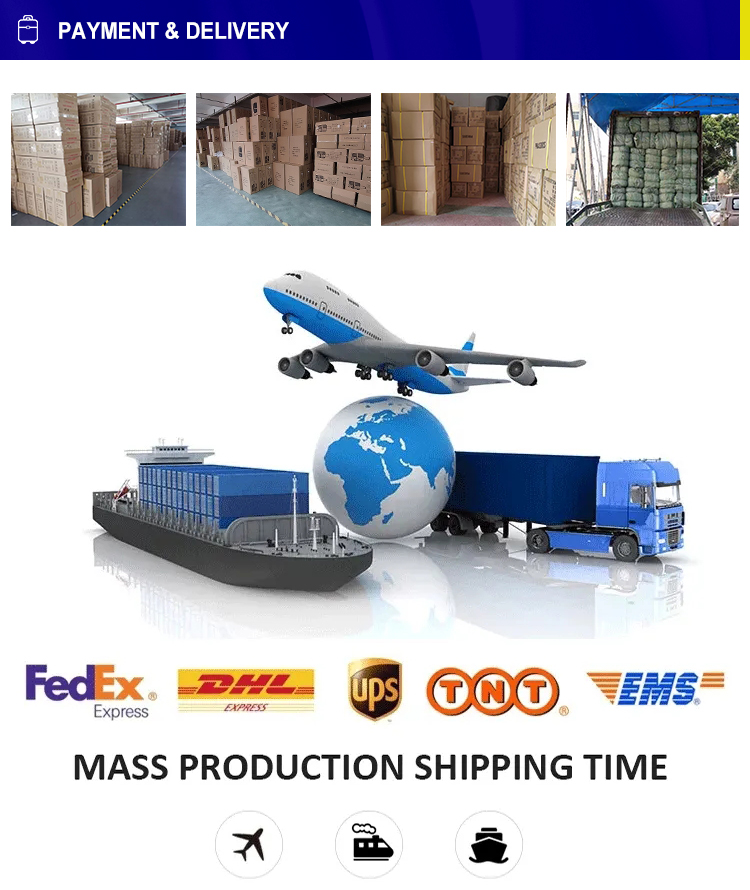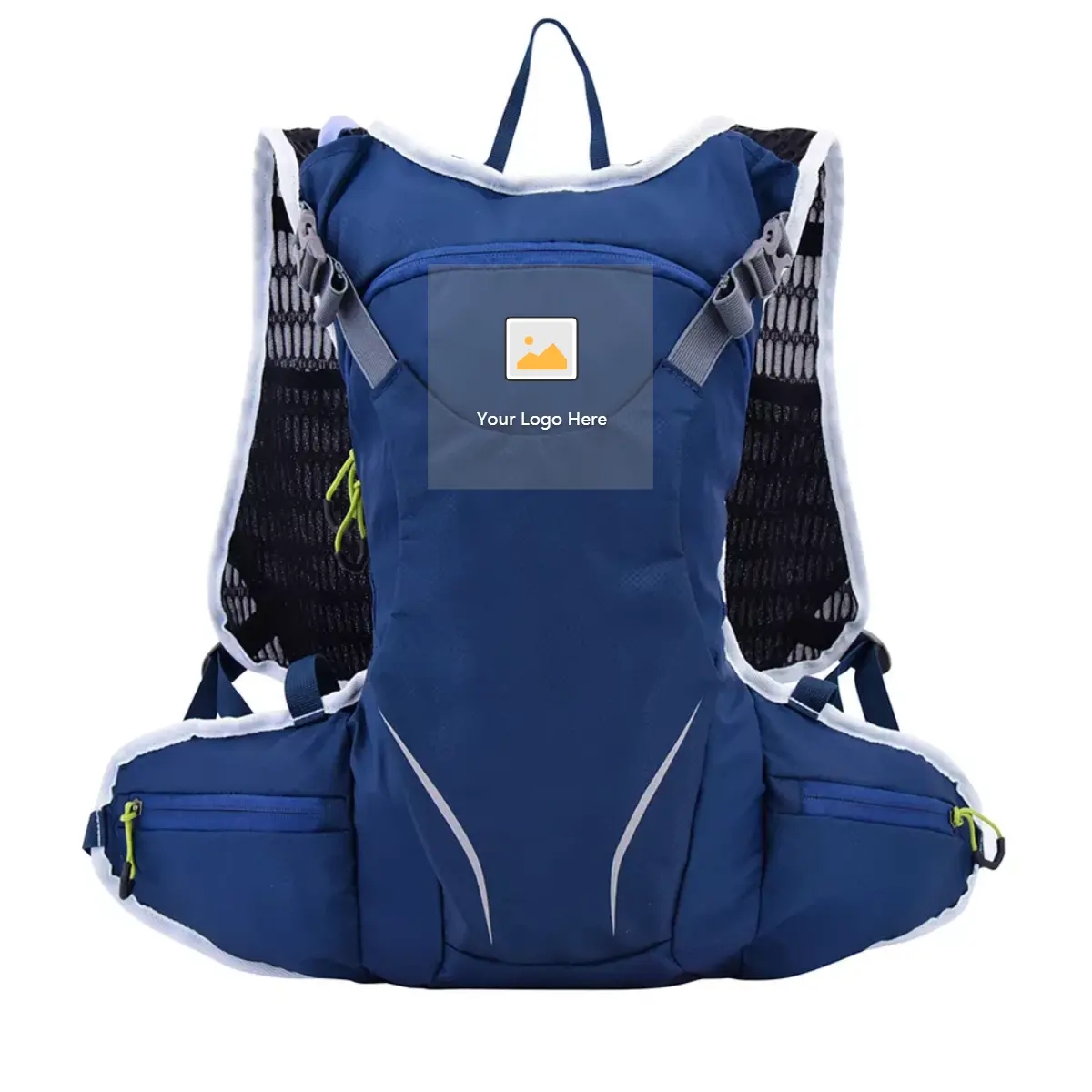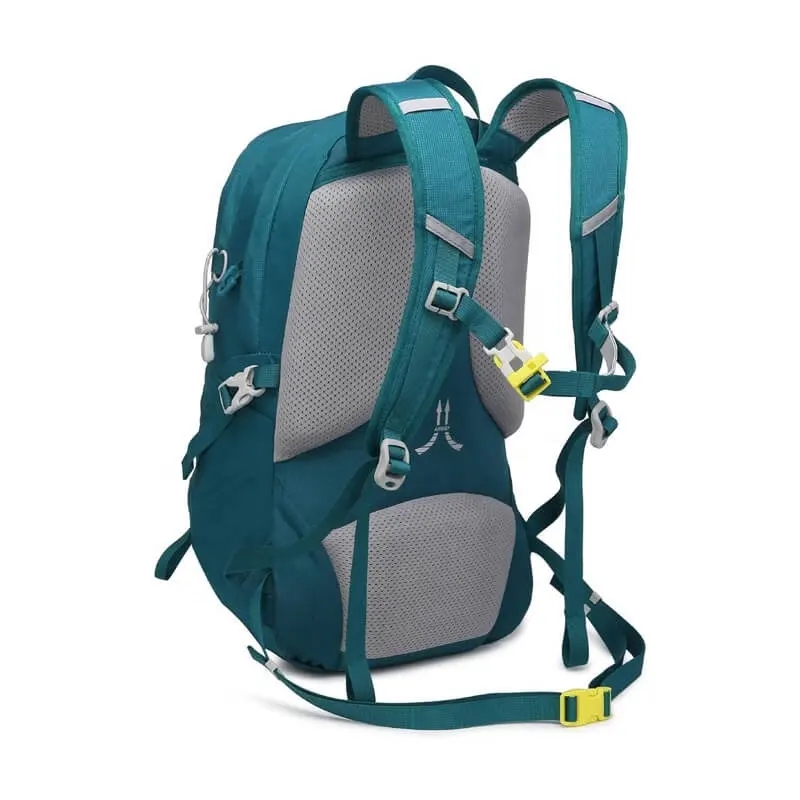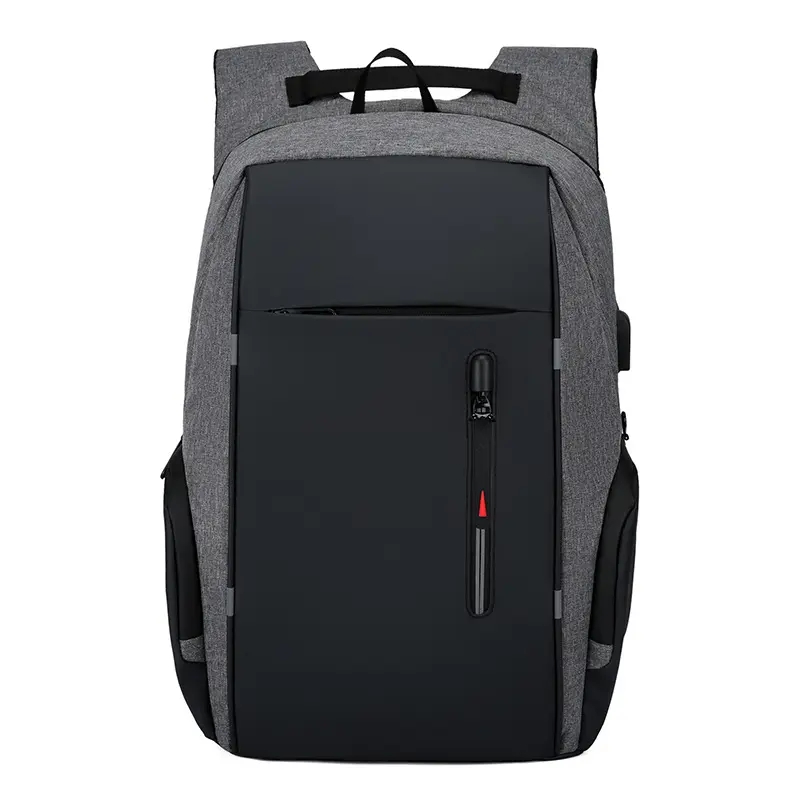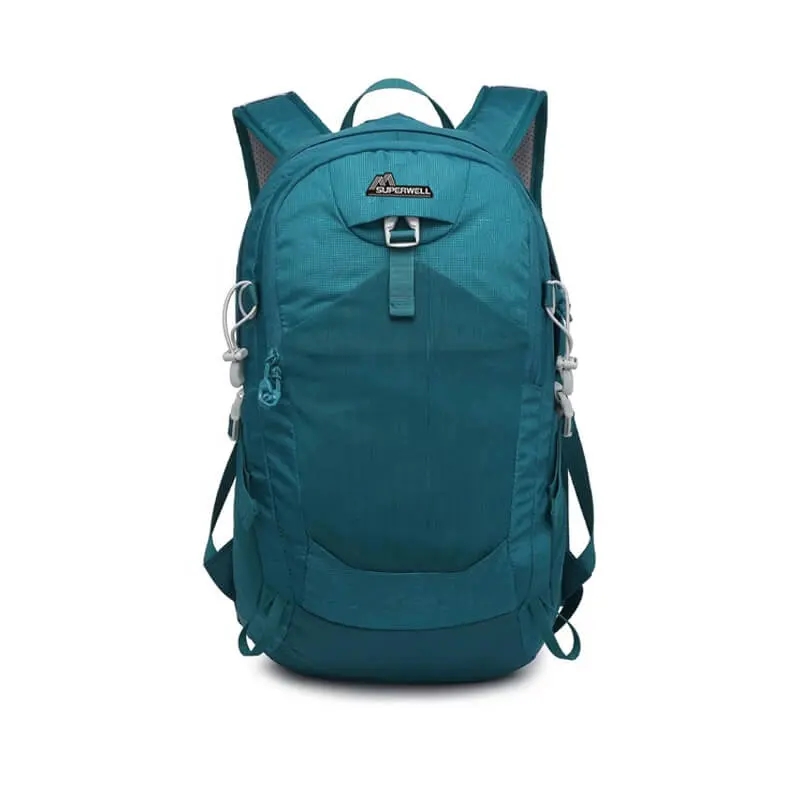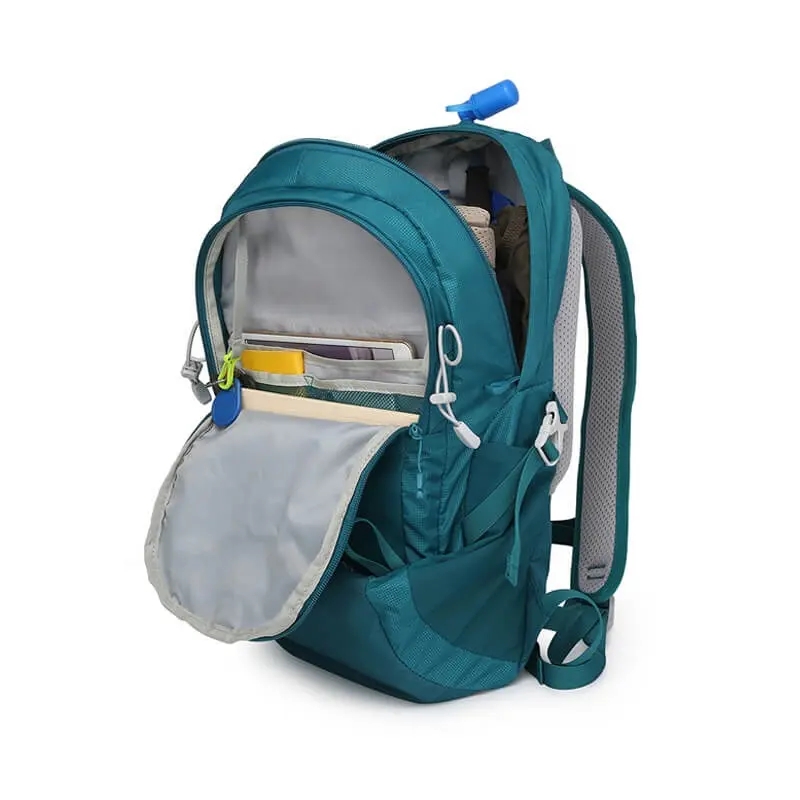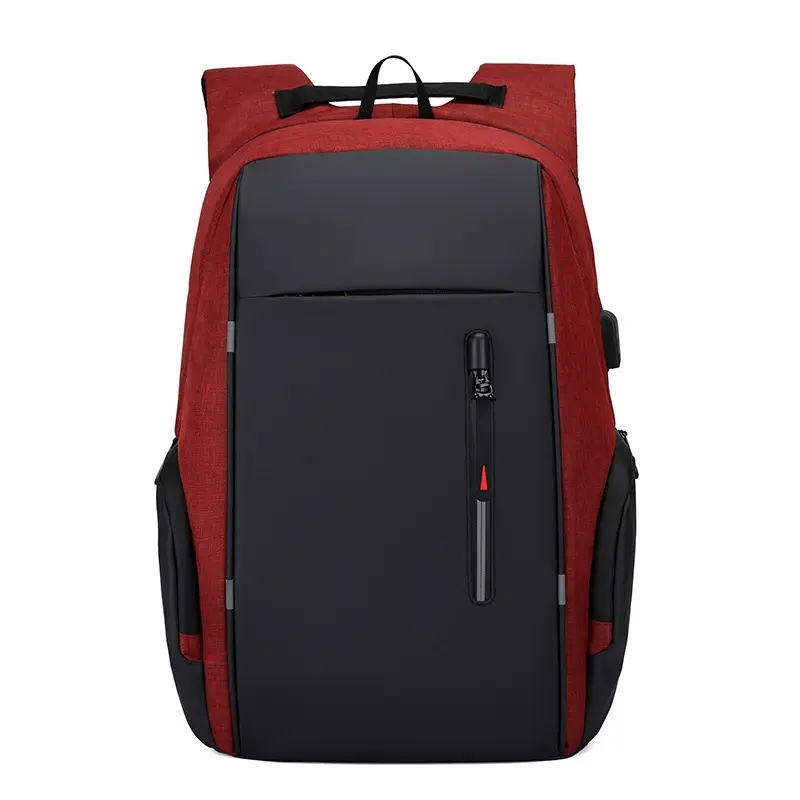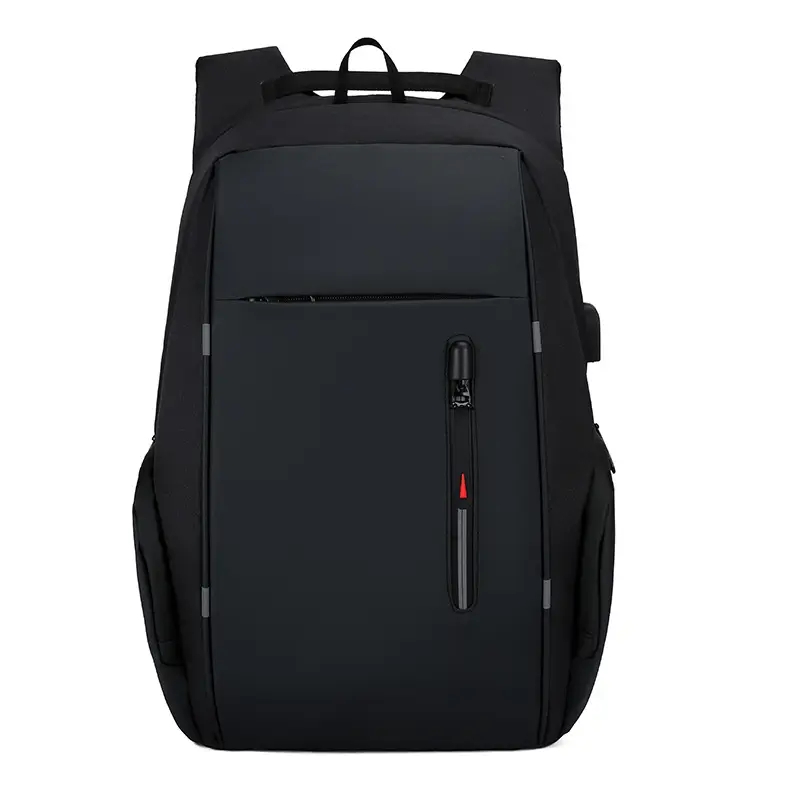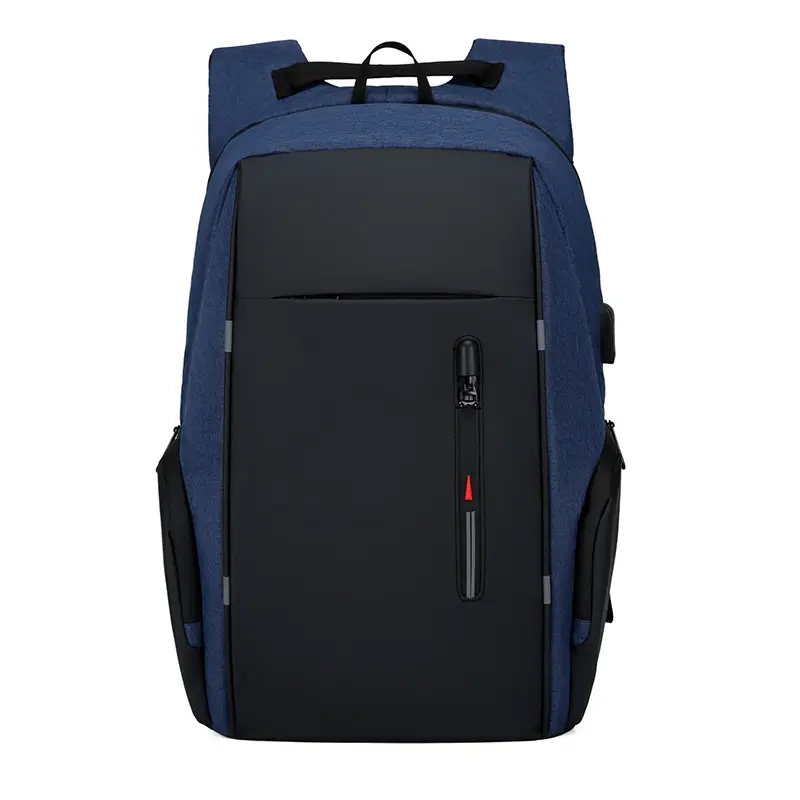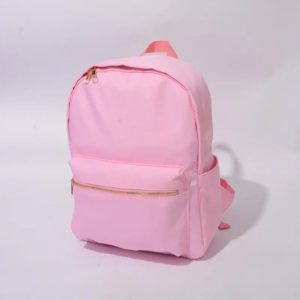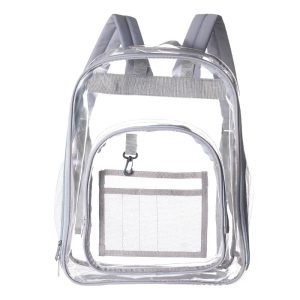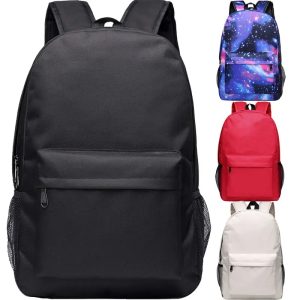Backpacks offer a range of benefits that make them a popular choice for carrying items, whether for daily use, travel, school, work, or outdoor activities. Here are some of the key benefits of using backpacks:
- Ergonomics and Comfort: Backpacks are designed with ergonomics in mind, distributing the weight evenly across your back and shoulders. This can help prevent strain and discomfort, especially when carrying heavy loads for extended periods.
- Hands-Free: Backpacks free up your hands, allowing you to engage in other activities or carry additional items. This is particularly useful when you’re on the move, commuting, or need to use your hands for tasks like holding a phone, a drink, or using keys.
- Storage Capacity: Backpacks typically have a larger storage capacity compared to other types of bags. This makes them suitable for carrying multiple items, including books, laptops, clothing, snacks, water bottles, and more.
- Organization: Many backpacks come with various compartments, pockets, and dividers. This helps you organize your belongings more effectively, making it easier to find what you need quickly without rummaging through a cluttered bag.
- Versatility: Backpacks are versatile and can be used in various settings, including school, work, travel, outdoor adventures, and sports activities. They come in different sizes and styles to suit different needs and preferences.
- Even Weight Distribution: The dual shoulder straps of a backpack distribute the weight symmetrically across both shoulders. This balanced weight distribution can help reduce the risk of muscle strain and back pain that can result from carrying heavy loads on one side of the body.
- Support for Back and Posture: High-quality backpacks often come with padded shoulder straps and back panels. These features provide cushioning and support to your back and shoulders, promoting better posture and minimizing discomfort.
- Security: Many modern backpacks include anti-theft features like hidden pockets, lockable zippers, and RFID-blocking materials. This can help protect your belongings, especially when traveling or in crowded places.
- Durability: Well-constructed backpacks are made from durable materials that can withstand regular use and varying weather conditions. This makes them a reliable choice for daily activities and outdoor adventures.
- Fashion and Style: Backpacks come in a wide range of styles, designs, and colors, allowing you to choose one that matches your personal fashion preferences. Whether you prefer a sleek urban look or a rugged outdoor aesthetic, there’s likely a backpack that suits your style.
- Travel Convenience: Backpacks are a popular choice among travelers because they can be easily carried onto planes, buses, and trains, and they fit comfortably in overhead compartments. They are also ideal for navigating through airports and busy city streets.
- Reduction of Strain: Backpacks, when worn correctly with both straps, help distribute the load more evenly across your upper body. This can reduce strain on your neck and shoulders compared to single-strap bags.
In summary, backpacks provide a combination of comfort, convenience, organization, and versatility that makes them a practical choice for a wide range of activities and purposes. When selecting a backpack, consider factors such as the intended use, size, features, and the level of comfort it offers.
Packaging methods for backpacks vary based on factors like the manufacturer, the type of backpack, and the intended distribution channels (e.g., retail stores, online sales, etc.). Here are some common packaging methods for backpacks:
- Plastic Bag or Polybag: Many backpacks are packaged in plastic bags or polybags. This is a simple and cost-effective way to protect the backpack from dust, dirt, and minor moisture during transit and storage. The plastic bag might be sealed with a sticker or adhesive strip for added security.
- Hang Tag: Backpacks often come with a hang tag attached to one of the straps or handles. The hang tag can display important product information, branding, features, and care instructions. Hang tags are useful for retail display and can be easily removed by the customer.
- Cardboard Insert or Backer Card: Some backpacks are placed on a cardboard insert or backer card inside the plastic bag. The card can provide additional branding, product information, and a visual representation of the backpack’s features.
- Branded Box: Higher-end or specialty backpacks might come in a branded box. This provides a more premium presentation and protection for the backpack. The box might feature the brand’s logo, design, and additional marketing information.
- Reusable Tote Bag: Some backpacks, especially those with an eco-friendly or reusable focus, might be packaged in a matching or branded tote bag. This adds value to the purchase by providing an additional item that customers can use.
- Clear Window Packaging: Backpacks with visually appealing designs might be packaged in clear window packaging. This allows customers to see the backpack’s design and features without opening the packaging.
- Zippered Storage Pouch: Some backpacks come with a small zippered storage pouch that can be used to store the folded or rolled-up backpack when not in use. This pouch might be attached to the backpack or included separately in the packaging.
- Online Retail Packaging: Backpacks sold through online retailers might be packaged in a way that ensures they are protected during shipping. This could include additional padding, bubble wrap, or other materials to prevent damage in transit.
- Customized Inserts: In some cases, brands might include customized inserts inside the packaging. These inserts can contain marketing messages, user guides, care instructions, or other relevant information.
- Sustainable Packaging: With a growing emphasis on sustainability, some backpack brands opt for eco-friendly packaging materials such as recycled cardboard, biodegradable plastics, or minimal packaging to reduce waste.
It’s important to note that packaging methods can vary widely and might evolve over time based on industry trends and consumer preferences. Additionally, regulations regarding packaging materials and waste reduction can influence the choices that brands make when packaging their products.
Backpacks offer several advantages that make them a popular choice for carrying items in various situations. Here are some of the key advantages of using backpacks:
- Even Weight Distribution: Backpacks are designed to evenly distribute weight across your shoulders and back. This helps prevent strain on specific muscles and minimizes the risk of discomfort or injury, especially when carrying heavy loads.
- Hands-Free Convenience: By wearing a backpack, your hands are left free, allowing you to engage in other activities while carrying your belongings. This is particularly useful when commuting, traveling, shopping, or participating in outdoor activities.
- Versatility: Backpacks come in various sizes and designs suitable for a wide range of activities. They are used for school, work, travel, hiking, sports, and more. The versatility of backpacks makes them adaptable to different needs and situations.
- Storage Capacity: Backpacks typically offer ample storage space with multiple compartments, pockets, and dividers. This allows for better organization of items, making it easier to find what you need quickly.
- Ease of Mobility: The design of backpacks, with adjustable shoulder straps and often a chest or waist strap, ensures a secure fit. This stabilizes the load and improves mobility, making it easier to navigate through crowded places or uneven terrain.
- Protection for Belongings: Many backpacks are designed with padded compartments to protect fragile items like laptops, tablets, or cameras. This padding helps cushion your belongings from impacts and shocks.
- Comfortable Commuting: Whether you’re walking, cycling, or using public transportation, a backpack is a comfortable way to carry your essentials while on the move. It doesn’t interfere with your movement, and the weight is distributed evenly.
- Easy Storage: Backpacks are often collapsible and can be stored without taking up much space when not in use. This is particularly convenient for travelers who might need an extra bag during their journey.
- Health Benefits: Wearing a backpack with both shoulder straps can promote better posture by distributing weight evenly. This can help prevent back, neck, and shoulder pain that can result from using bags that put uneven strain on one side of the body.
- Convenient for Travel: Backpacks are a popular choice for travel because they can be carried onto planes and easily stowed in overhead compartments. They are also convenient for navigating airports and other busy travel hubs.
- Reduced Environmental Impact: Many people opt for reusable backpacks rather than single-use bags, contributing to a reduction in plastic waste and promoting sustainable practices.
- Stylish and Fashionable: Backpacks come in a wide range of styles, colors, and designs to match your personal taste and fashion preferences. From sleek and professional to casual and trendy, there’s a backpack for every style.
In summary, backpacks offer a combination of comfort, convenience, practicality, and versatility that makes them a favored choice for carrying belongings in various situations. When choosing a backpack, consider factors such as your intended use, the size you need, the features you require, and your personal style preferences.
